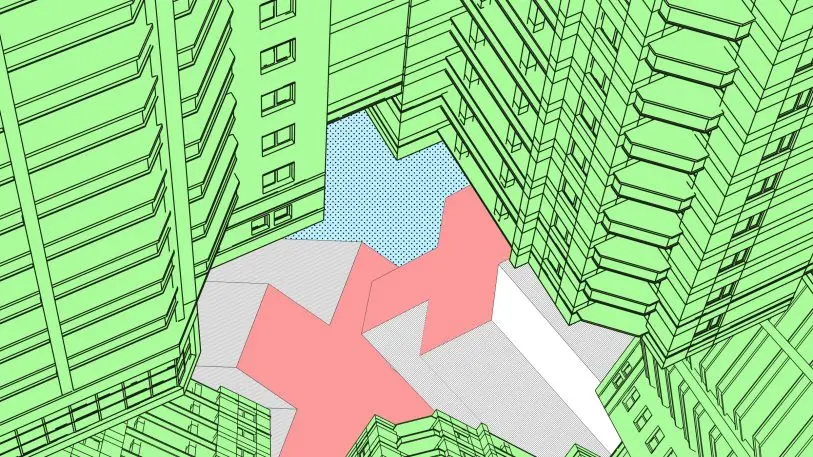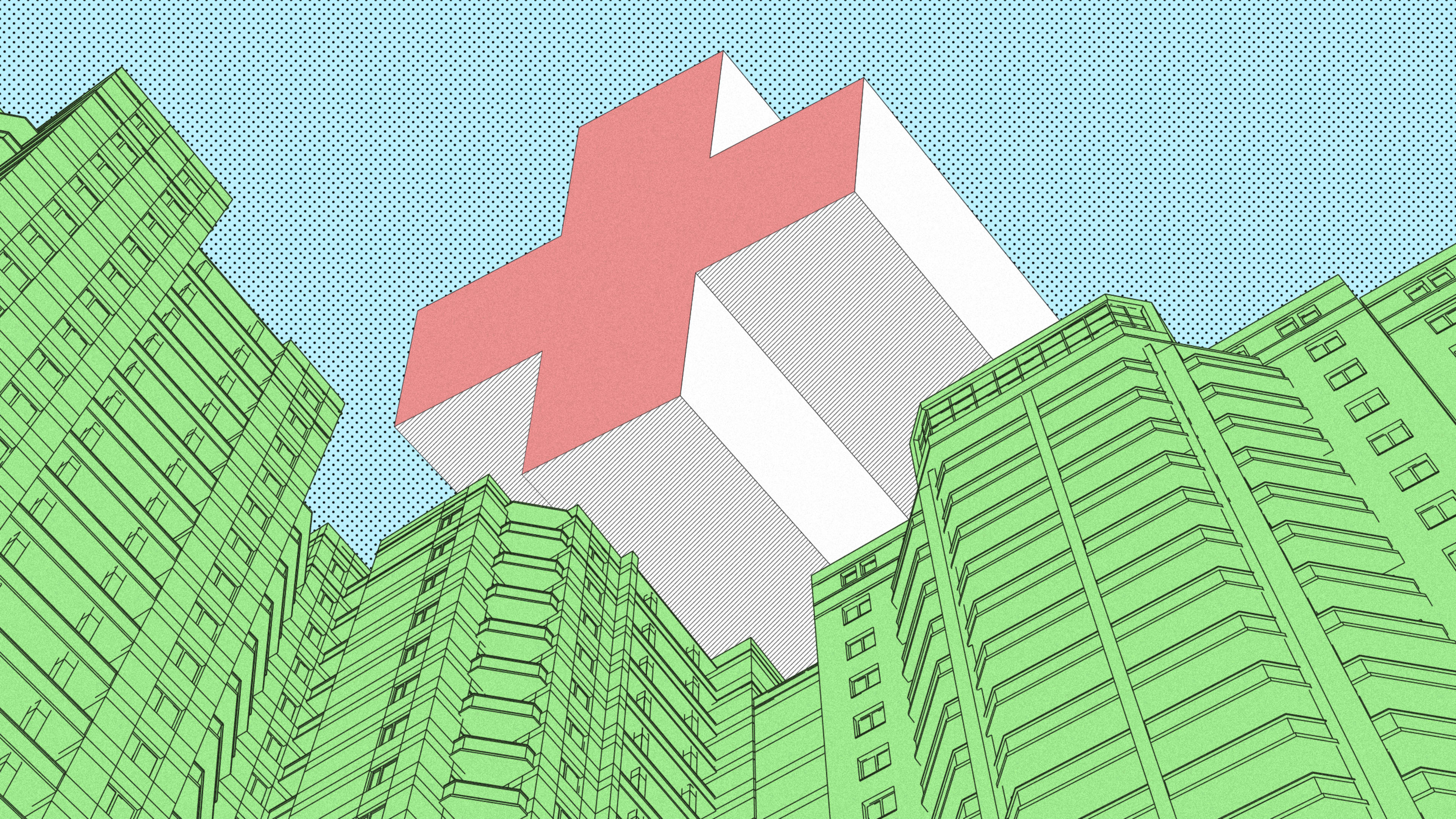Housing is more than a basic need—it’s a key part to healthcare. Amid the economic fallout from the COVID-19 pandemic, that aspect of healthcare is both more needed and more precarious than ever. There are already nearly 10 million very low-income renter households across the U.S., and another 1.5 million will become very or extremely low income as a result of the coronavirus crisis and the subsequent financial fallout, according to an estimate from the National Low Income Housing Coalition—adding stress to an already stressed housing system, and further highlighting that link between housing and health.
Megan Sandel, codirector of the GROW clinic at Boston Medical Center, an associate professor of pediatrics at the Boston University, and an advocate for health through housing, has long talked about how housing—and its quality, stability, affordability, and location—acts as a kind of vaccine against all types of illness. “You can’t separate your health from where you live,” she says, speaking on a recent web panel hosted by the Urban Land Institute. Though social factors like food security or housing instability or healthcare costs are often talked about in isolated terms, she adds, they are actually interlaced, and the pandemic is highlighting those connections.
Research has shown multiple links between inadequate housing and poor health, from worsening asthma and allergies to the dangers of lead, from injuries related to things like poor insulation and faulty appliances and rodent infestations to psychological and behavioral issues caused or worsened by the environment. For these communities, Sandel is worried about what our new normal of living will mean for those people’s health, and not just in terms of COVID-19 specifically. “What’s important to think about in the COVID-19 era is that our homes are not necessarily designed to be occupied 24 hours a day,” she says. “Think about chemical exposure, stresses . . . we have to be thoughtful about whether we can be able to design housing in the future that is going to be more resilient.”

An added issue, though, will be how many more Americans will become low income because of the pandemic and financial hardships. “Even before COVID-19 came to this country we had a shortage of seven million homes affordable and available to the lowest income people,” says Diane Yentel, president and CEO of the National Low Income Housing Coalition, also speaking on the panel. That means for every 100 of the lowest income renters in the U.S.—who are often seniors, people with disabilities, and families with young kids—there are fewer than 37 homes affordable and available to them. The coalition estimates at least another 1.5 million renter households will become severely cost burdened because of the pandemic and related recession.
“If we had a system in our country where we could catch people when they fell off of a financial cliff, we could better weather this disaster that we’re experiencing right now, but we don’t have that system,” she says. At a time when stable housing is crucial to individual and public health—social distancing works to protect us all when everyone does it—housing is becoming unstable for many. “We have to consider what happens when people who are sleeping in homeless encampments with no access to water or soap—what happens when they face a pandemic? What happens when we have millions of people who on a good day are on the cusp of losing their homes, [now] in the middle of a pandemic, when our collective health depends on our ability to stay home?”
What can we do to protect these populations? The CARES Act may help; it allocated $4 billion in homeless assistance through the Emergency Solutions Grants program and $5 billion for Community Development Block Grants, which help preserve affordable housing and in this instance can be used for emergency rental assistance, Yentel says. An additional $3 billion goes to subsidized housing programs to make up for lost income, because when residents’ income goes down, what they pay toward rent goes down as well, but public housing still needs these funds to operate. There are also a number of moratoriums on evictions and foreclosures in states across the country, but Yentel says there needs to be a national, uniform moratorium, so people don’t fall through the cracks, plus at least $100 billion in emergency rental assistance, which would especially help those who would be overburdened by back rent when moratoriums lift.
Property owners can play a part, too, says Doug Bibby, president of the National Multifamily Housing Council, who also spoke on the panel. This can’t simply be a rental holiday for everyone, he says, because apartment owners need to be able to keep their communities safe and sanitized, which costs money, and also have their own creditors they are held accountable to, but he does recommend owners reach out to their residents one-on-one. He’s seen one of his members set up a $5 million resident relief fund, another cut rent 10% across the board for his tenants, and others implement flexible payment plans. “What we have said all along for weeks is for each of the owners, or the managers who are operating for those owners, to contact every single resident and assess their needs,” he says.
There’s also an opportunity here, Yentel says, to invest in affordable housing stock across the country. “At some point Congress will turn to a stimulus package. There will be a need to stimulate the economy, and constructing affordable housing is a great way to do that,” she says. According to the National Association of Home Builders, building 100 affordable rental homes generates $11.7 million in local income, $2.2 million in taxes and local government revenue, and 161 local jobs in the first year. “I think it will get worse for sure,” she says about the housing crisis. “And we might actually be able to get some significant funding to start to improve it again sometime soon.”
Recognize your brand’s excellence by applying to this year’s Brands That Matter Awards before the early-rate deadline, May 3.
